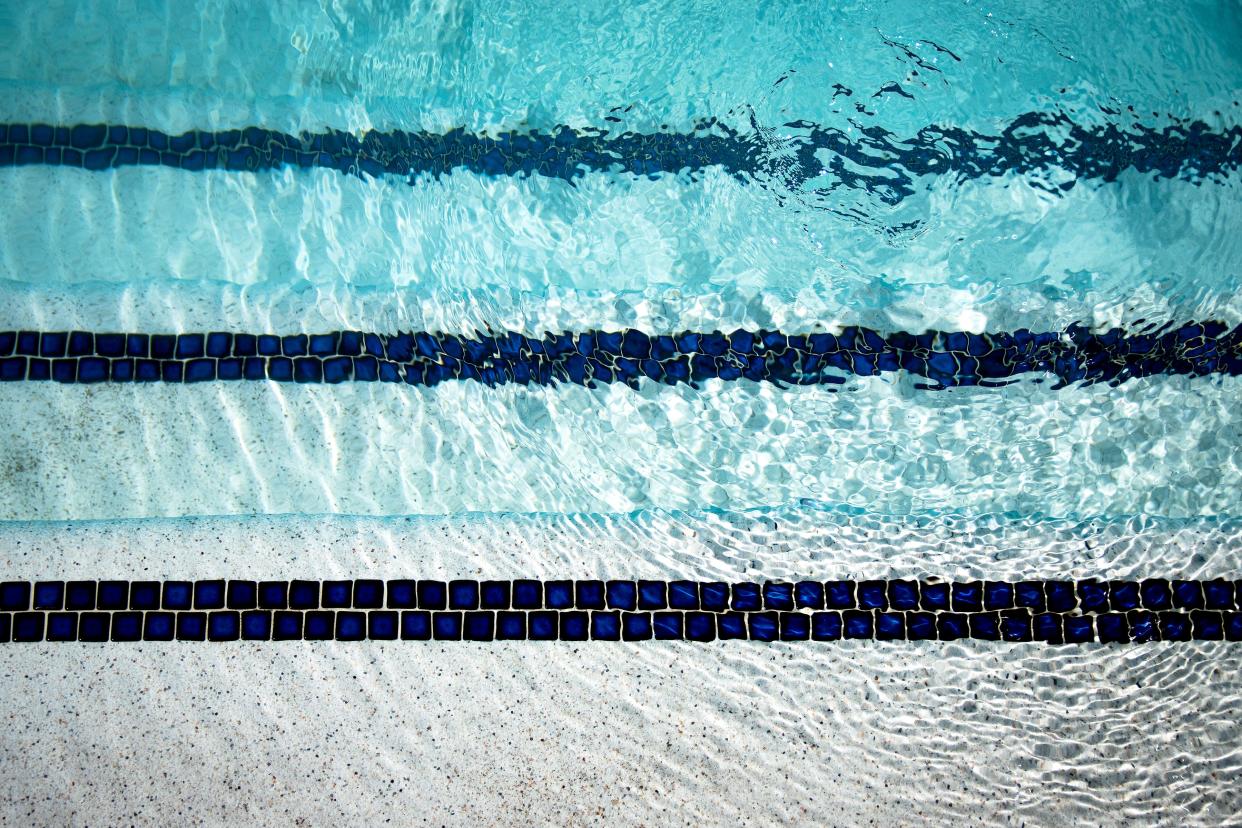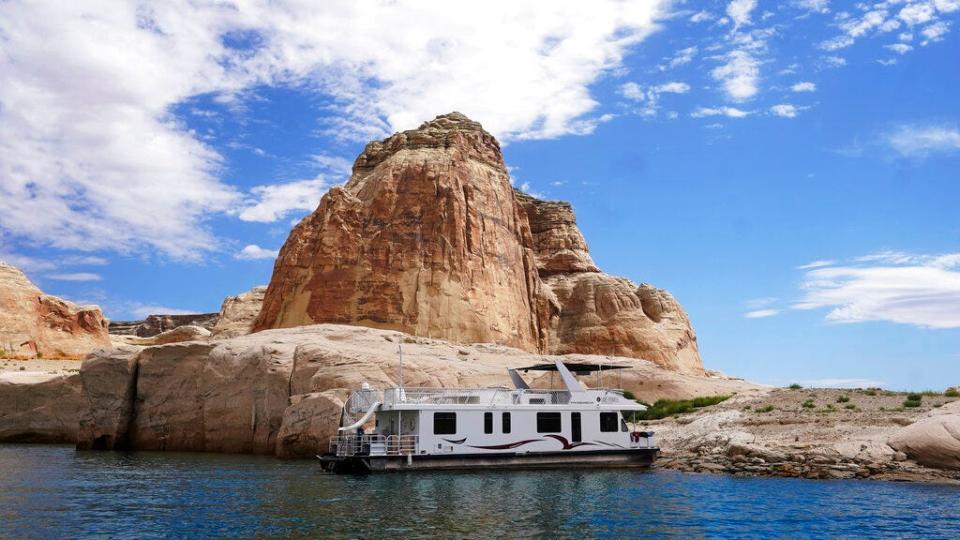Headed to water to beat the Arizona heat? Experts say to follow these rules to avoid drowning

As temperatures across the Valley enter the triple digits and families retreat to lakes and pools to beat the heat, safety experts warn whoever takes a plunge or merely dips their toe to know the dos and don’ts when it comes to water safety — especially when young children are involved.
According to the CDC, children between 1 and 4 years old are more likely to die by drowning than any other cause other than birth defects.
Always supervise children near water
Michele Long, fire and life safety education administrator for the Mesa Fire Department, said it’s imperative that at least one adult be designated to supervise children when they’re in or near water no matter how much swimming experience a child has.
“Anyone can get exhausted,” Long told The Arizona Republic. “Anyone can have issues — medical issues — in the water. “So it’s always important that you swim with a buddy or have adult supervision that’s watching the child.”
Capt. Evan Gammage, a spokesperson for the Phoenix Fire Department, echoed Long’s urge to have an adult supervise whenever children are in the water. Gammage, said as a paramedic, he has responded to child drownings where whoever was assigned to watch the kids said they looked away for only a second.
“The parents are saying ‘I was just hearing them playing and then it went quiet,’” Gammage said. “So the reality is, whether it’s the water in a toilet or a pool out back because you’re having a party, taking your eyes off of a kid for just a few seconds can really be the difference between life and death in these scenarios.”

On the lake, wear a life vest — a real one
Long said anyone out in open water such as lakes, rivers and oceans should wear life vests certified by the U.S. Coast Guard, equating it to wearing a seatbelt.
Long explained that, just how people wear seatbelts not expecting a collision, people wear life vests not expecting a river rapid or ocean swell to knock them into the water.
She also warned parents not to treat their child’s arm floaties as safety devices rather than what they really are — toys.
“They’re all sold in the toy area,” Long said. “They can pop. They can come off," she said. "And the other thing with it is that a lot of times kids get comfortable with them and so they forget that if they don’t have them on and they go in the pool that they won’t be floaty.”
Know CPR basics
Should someone be found unresponsive underwater, Long said to pull them out immediately and perform CPR, preferably while another person calls 911.
While cardiac issues typically only require chest compressions, Long said it’s important to breathe oxygen into the drowning victim mouth-to-mouth.
“In a cardiac issue, there’s still oxygen in the blood,” Long said. “And so you’re just trying to circulate that oxygen. “But in a drowning, the heart stops because the oxygen has been depleted. And so it’s super important in a choking, in a drowning — think about it — if it’s an airway issue, you definitely need to do your breaths.”
Long said someone performing CPR on a drowning victim should tilt their head back, pinch their nostrils shut if they’re over one-year-old and breathe two breaths into them before giving 30 chest compressions. Long said the interval between compressions should be roughly 100 beats per minute which can typically be reenacted with the beat from "Stayin’ Alive" by the Bee Gees or "Baby Shark."
Gammage said if an adult is drowning, one should attempt to help them if it can be done so safely and to call 911 if one is concerned that attempting a rescue would endanger their own life.
Both Gammage and Long also recommended parents with particularly young children keep their toilet lid closed and fully drain their bathtub, as even a small amount of water can cause a toddler to drown.
“There’s kind of what we call an X factor when it comes to drowning,” Long said. “Children ages 1 to 4 are more likely to drown in the home. As the child grows and they hit their teen years, they’re more likely to drown in open water — a river, a lake, ocean — something like that.”
Drink responsibly
Gammage also warned that adults who opt to participate in water activities while inebriated are at greater risk of something going wrong.
“If you’re going to swim, we understand that, again, you’re adults. You have your full right to be able to consume alcohol if you’re of age," she said. "But the reality is that that does increase your likelihood and the threat of having a water-related incident. So if we’re speaking to adults — if you choose to drink, we advise you not to when around a body of water. But if you choose to drink, please do so responsibly.”
Reach the reporter Perry Vandell at 602-444-2474 or perry.vandell@gannett.com. Follow him on Twitter @PerryVandell.
Support local journalism. Subscribe to azcentral.com today.
This article originally appeared on Arizona Republic: Child drownings: What experts say you should do to avoid drownings

